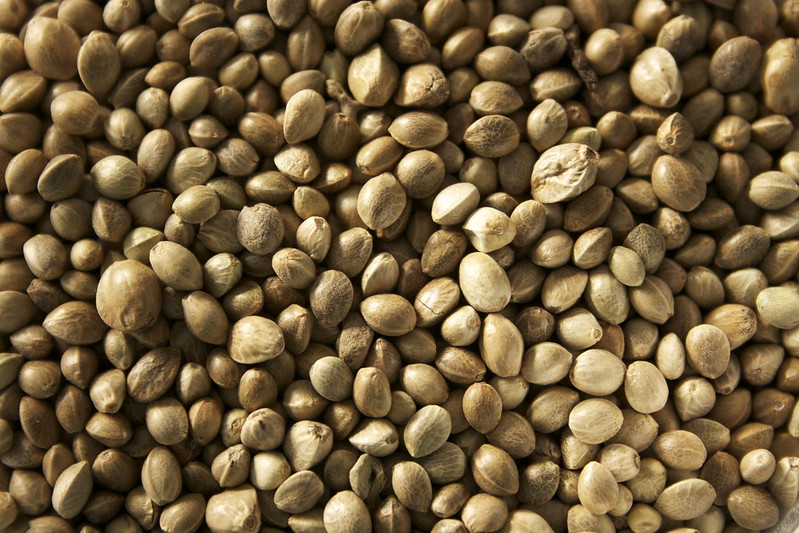
The thyroid is a small gland in the neck that plays a crucial role in regulating metabolism, growth, and development. When it comes to managing thyroid conditions, such as hypothyroidism or hyperthyroidism, dietary considerations are important to support thyroid health and optimize hormone production. In this blog post, we will delve deeper into the foods that thyroid patients should avoid or limit due to their potential interference with thyroid function. Understanding the reasons behind these dietary restrictions and exploring alternative options will help individuals manage their thyroid conditions effectively. Let’s dive into the world of thyroid health and discover the foods to avoid for optimal thyroid function! 🚫🥦🍞
Understanding Thyroid Health and Dietary Impact: 💡🦋🥗
To comprehend the impact of diet on thyroid health, it’s essential to understand how the thyroid gland functions. The thyroid relies on specific nutrients, such as iodine and tyrosine, to produce thyroid hormones, including thyroxine (T4) and triiodothyronine (T3). However, certain foods contain substances known as goitrogens, which can interfere with iodine uptake and thyroid hormone synthesis. Additionally, some foods may affect thyroid hormone absorption or interact with thyroid medication. Being aware of these factors and making informed dietary choices is crucial for supporting thyroid health.
5 Foods to Avoid for Thyroid Patients: 🚫🥦🍞
- Cruciferous Vegetables: Cruciferous vegetables, including broccoli, cauliflower, cabbage, Brussels sprouts, and kale, contain goitrogens. These natural compounds can interfere with thyroid function by inhibiting the uptake of iodine and the synthesis of thyroid hormones. However, it’s important to note that cooking cruciferous vegetables can help deactivate the goitrogenic compounds, making them less likely to interfere with thyroid function. Moderation is key, and it is generally safe to enjoy these vegetables when cooked.
- Soy and Soy Products: Soybeans and soy-based products like tofu and soy milk contain compounds called isoflavones. These compounds can interfere with thyroid hormone production and absorption, particularly when consumed in excessive amounts. Individuals with thyroid conditions should limit their intake of soy products and monitor their response to these foods. It’s important to note that fermented soy products, such as miso and tempeh, have lower levels of isoflavones and may be better tolerated.
- Gluten-Containing Foods: Some individuals with thyroid conditions, especially those with autoimmune thyroid disorders like Hashimoto’s thyroiditis, may have gluten sensitivity or intolerance. Gluten is a protein found in wheat, barley, and rye. It can trigger an autoimmune response and inflammation in susceptible individuals, potentially affecting thyroid function. Exploring a gluten-free diet or consulting with a healthcare professional can help determine if eliminating gluten is necessary for managing thyroid health.
- Processed Foods: Processed foods often contain high levels of refined sugars, unhealthy fats, and additives that can negatively impact overall health, including thyroid function. These foods provide little nutritional value and can contribute to weight gain, which may further affect thyroid health. It is advisable to minimize or avoid processed foods and instead choose whole, unprocessed options that nourish the body.
- Foods High in Iodine: While iodine is essential for thyroid function, excessive iodine intake can be problematic for individuals with certain thyroid conditions. Excess iodine can potentially worsen hyperthyroidism or interfere with thyroid medication. It’s important to strike a balance and avoid consuming excessive amounts of iodine-rich foods such as seaweed, iodized salt, and certain seafood. Consulting with a healthcare professional can help determine the appropriate iodine intake for your specific condition.
5 Alternative Options for Thyroid Health: 🥕🍗🍚
While it’s important to avoid or limit certain foods, there are plenty of alternative options that can support optimal thyroid function and overall well-being:
- Lean Protein: Incorporate lean protein sources like poultry, fish, legumes, and tofu into your meals. Protein is essential for thyroid hormone synthesis and can support overall thyroid function.
- Colorful Fruits and Vegetables: Enjoy a diverse array of colorful fruits and vegetables, as they provide essential vitamins, minerals, antioxidants, and dietary fiber. Opt for options like carrots, berries, sweet potatoes, bell peppers, and leafy greens for a wide range of nutrients that support thyroid health.
- Whole Grains: Choose whole grains like quinoa, brown rice, oats, and gluten-free grains (if necessary) over refined grains. Whole grains offer more fiber, vitamins, minerals, and antioxidants, supporting thyroid health and promoting stable energy levels.
- Healthy Fats: Incorporate healthy fats from sources like avocados, olive oil, nuts, seeds, and fatty fish into your diet. These fats provide essential fatty acids and support hormone production, including thyroid hormones.
- Moderate Iodine Intake: For individuals with thyroid conditions, maintaining a balanced iodine intake is crucial. It’s important to consult with a healthcare professional to determine the appropriate level of iodine intake based on your specific condition. They can help you strike the right balance and advise on consuming iodine in moderation from sources like iodized salt, seafood, and other iodine-rich foods.
Conclusion: 🚫🥦🍞
Managing thyroid conditions requires paying attention to dietary choices and avoiding or limiting certain foods that may interfere with thyroid function. By avoiding or limiting cruciferous vegetables, soy and soy products, gluten-containing foods, processed foods, and excessive iodine intake, individuals with thyroid conditions can support optimal thyroid function and overall well-being. Opt for alternative options such as lean proteins, colorful fruits and vegetables, whole grains, healthy fats, and moderate iodine intake to nourish your body and promote thyroid health. Remember to consult with a healthcare professional or registered dietitian for personalized advice tailored to your specific thyroid condition.













